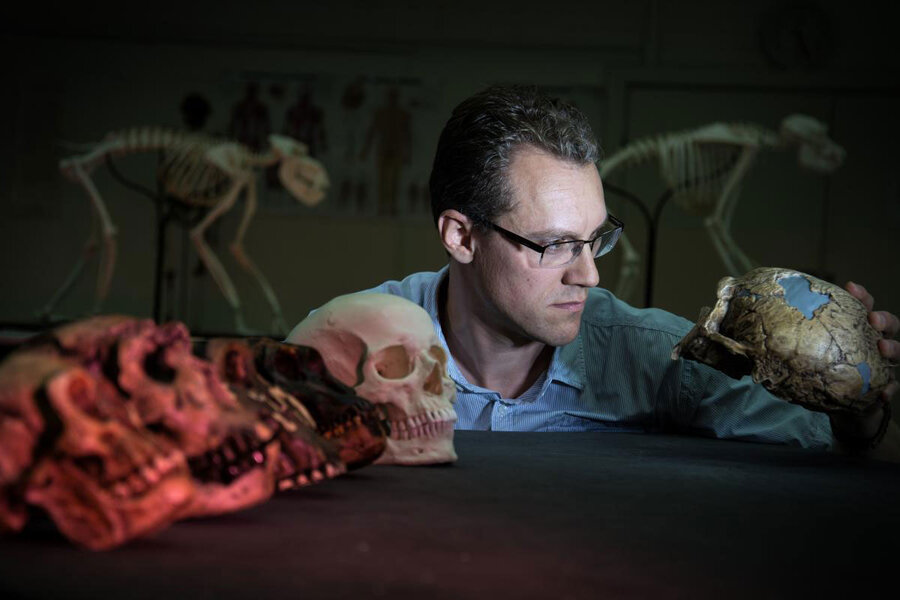What prehistoric wisdom teeth tell us about human evolution
Loading...
Researchers have discovered that the evolution of human teeth is much simpler than previous thought.
For years scientists have debated the evolution of our third molars, more commonly known as wisdom teeth. While the molars are often very small or fail to even develop in humans, those of other hominin species in our evolutionary tree were huge. Their chewing surfaces could be two to four times larger than those in an average modern human.
Many scientists have long tried to explain the profound size change to dietary and cultural shifts considered to be unique to humans. Think cooking, for example.
But a new study, published this week in the journal Nature, by a team of researchers led by evolutionary biologist Alistair Evans of Monash University in Australia offers an explanation that make us appear far less special.
“Teeth can tell us a lot about the lives of our ancestors, and how they evolved over the last 7 million years,” Professor Evans said in a press release. “What makes modern humans different from our fossil relatives?”
Evan says that paleontologists have worked for decades to interpret these fossils and look for new ways to extract more information from teeth. Rather than viewing their evolution as the result of human-specific selective pressures, he proposes that the shrinking of wisdom teeth may be explained by basic developmental mechanisms that we share with most mammals.
Evan’s research confirms that molars follow the sizes predicted by what is called “the inhibitory cascade,” a rule that shows how the size of one tooth affects the size of the tooth next to it. As the authors conclude in the study:
Whereas selective pressures emphasizing function, such as changing bite force, have been used to explain the variation in tooth proportions, only by including development can one explain the details of the changes. By providing a development-based expectation for the evolution of the hominin dentition, the inhibitory cascade framework moves this research towards a predictive science, further testable with additional fossils.
“Our new study shows that the pattern is a lot simpler than we first thought – human evolution was much more limited,” Evans said.







